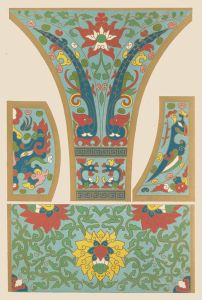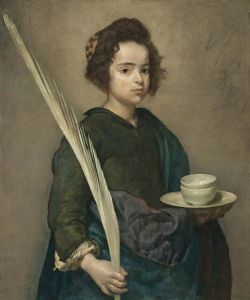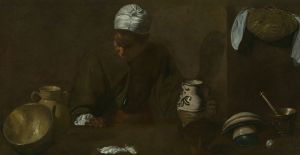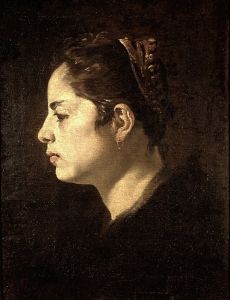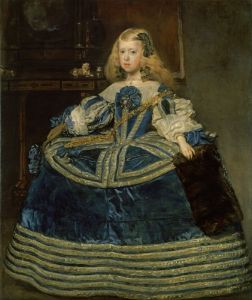
Las meninas
A hand-painted replica of Diego Velázquez’s masterpiece Las meninas, meticulously crafted by professional artists to capture the true essence of the original. Each piece is created with museum-quality canvas and rare mineral pigments, carefully painted by experienced artists with delicate brushstrokes and rich, layered colors to perfectly recreate the texture of the original artwork. Unlike machine-printed reproductions, this hand-painted version brings the painting to life, infused with the artist’s emotions and skill in every stroke. Whether for personal collection or home decoration, it instantly elevates the artistic atmosphere of any space.
"Las Meninas" (The Ladies-in-waiting) is a renowned painting by the Spanish artist Diego Velázquez, completed in 1656. This masterpiece is housed in the Museo del Prado in Madrid, Spain. The painting is celebrated for its complex and enigmatic composition, as well as its sophisticated use of perspective and light.
Diego Velázquez (1599–1660) was a leading artist in the court of King Philip IV of Spain and is considered one of the most important painters of the Spanish Golden Age. "Las Meninas" is one of his most famous works and is often regarded as a pinnacle of Western art.
The painting depicts a large room in the Royal Alcazar of Madrid, the Spanish royal palace at the time. The central figure is Infanta Margarita Teresa, the daughter of King Philip IV and Queen Mariana of Austria. She is surrounded by her entourage, including her ladies-in-waiting (meninas), a chaperone, a bodyguard, two dwarfs, and a dog. Velázquez himself is also present in the painting, standing behind a large canvas and looking outwards towards the viewer.
One of the most intriguing aspects of "Las Meninas" is the mirror on the back wall, which reflects the images of King Philip IV and Queen Mariana. This reflection suggests that the royal couple is standing outside the picture's frame, in the same space as the viewer, observing the scene. This clever use of the mirror creates a complex interplay between reality and illusion, making the viewer question the nature of representation and the role of the artist.
Velázquez's self-portrait within "Las Meninas" is another significant element. By including himself in the act of painting, Velázquez elevates the status of the artist and emphasizes the importance of the creative process. His presence in the painting also blurs the boundaries between the artist, the subject, and the viewer.
The composition of "Las Meninas" is meticulously arranged to guide the viewer's eye through the scene. The use of light and shadow enhances the three-dimensionality of the space, creating a sense of depth and realism. Velázquez's masterful brushwork and attention to detail are evident in the textures of the fabrics, the play of light on the figures, and the intricate reflections in the mirror.
"Las Meninas" has been the subject of extensive analysis and interpretation over the centuries. Art historians have explored its themes of power, perception, and the nature of art itself. The painting's enigmatic quality has inspired numerous theories about its meaning and the intentions behind its composition.
In summary, "Las Meninas" by Diego Velázquez is a masterpiece of Baroque art, renowned for its complex composition, sophisticated use of perspective, and the interplay between reality and illusion. It remains one of the most studied and admired paintings in the history of Western art.






